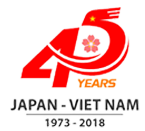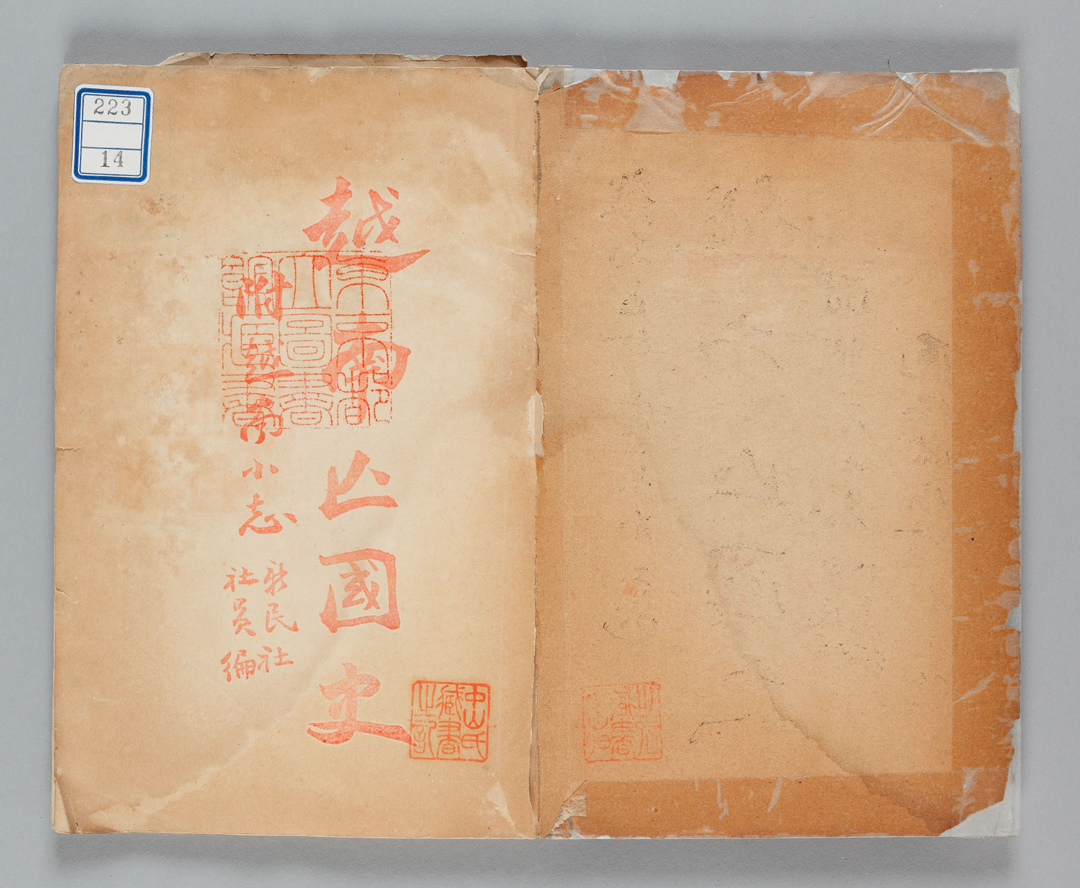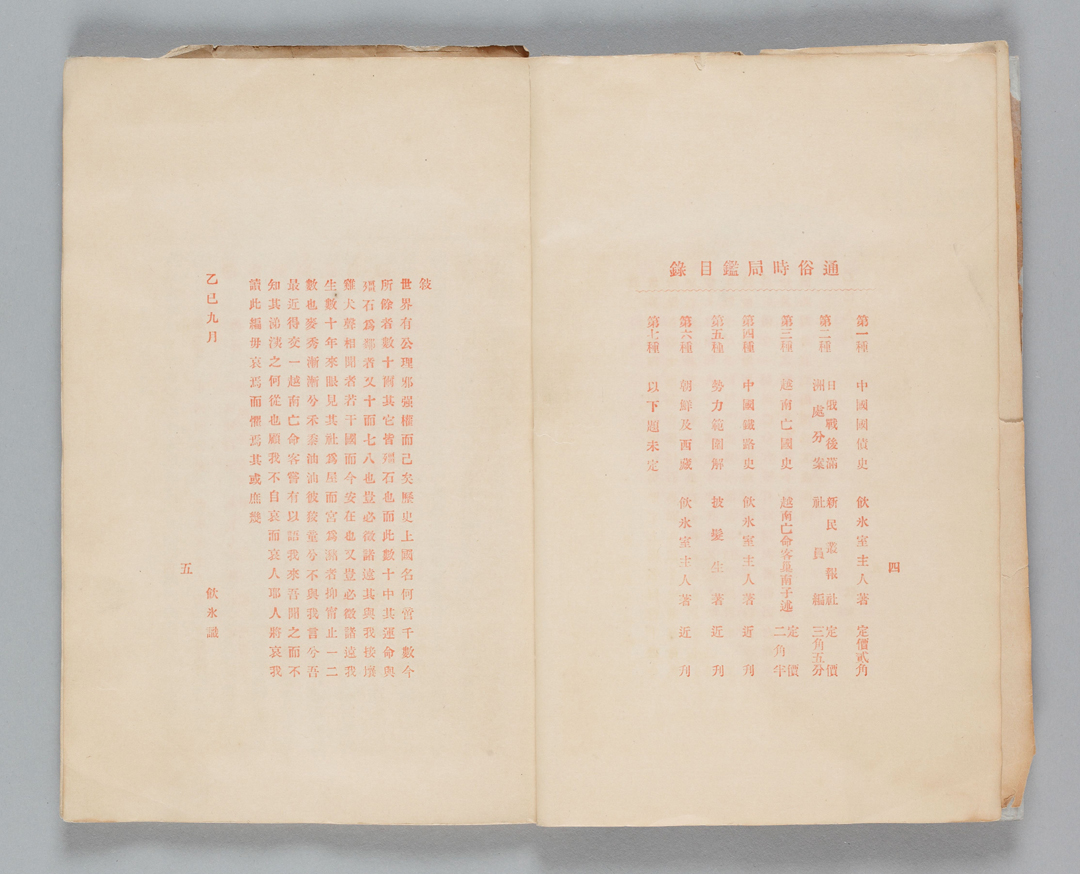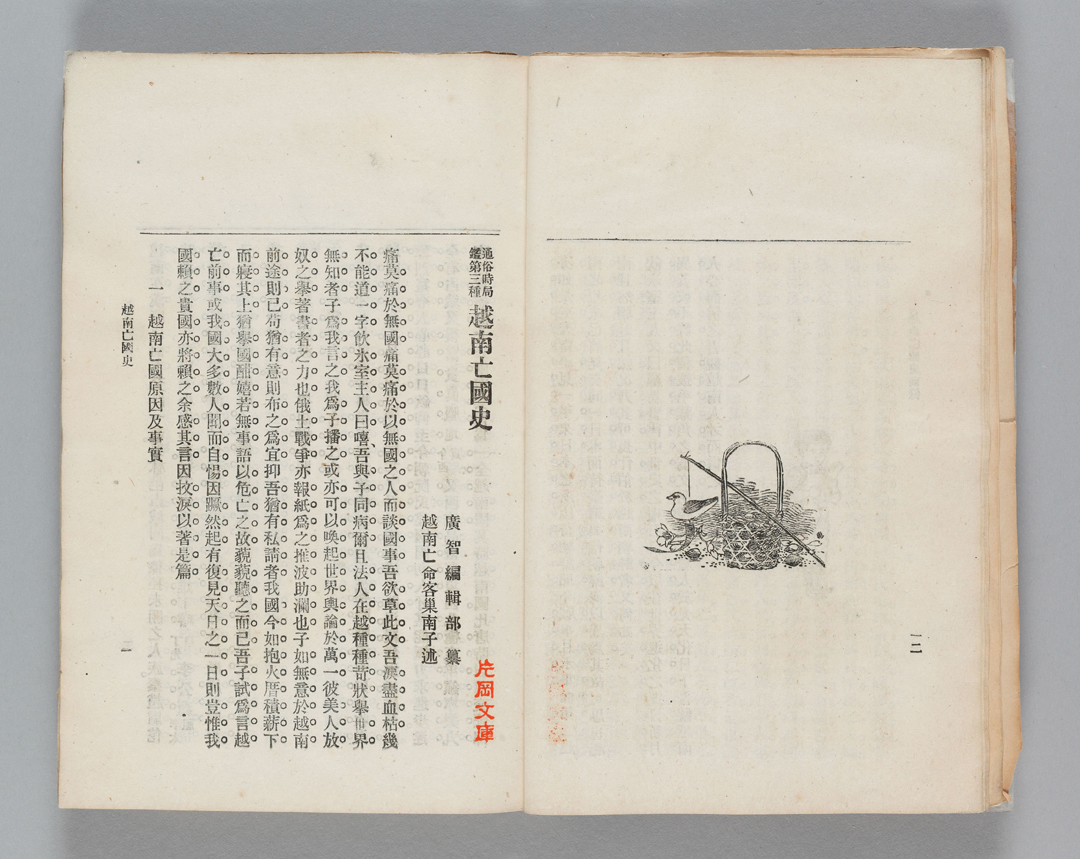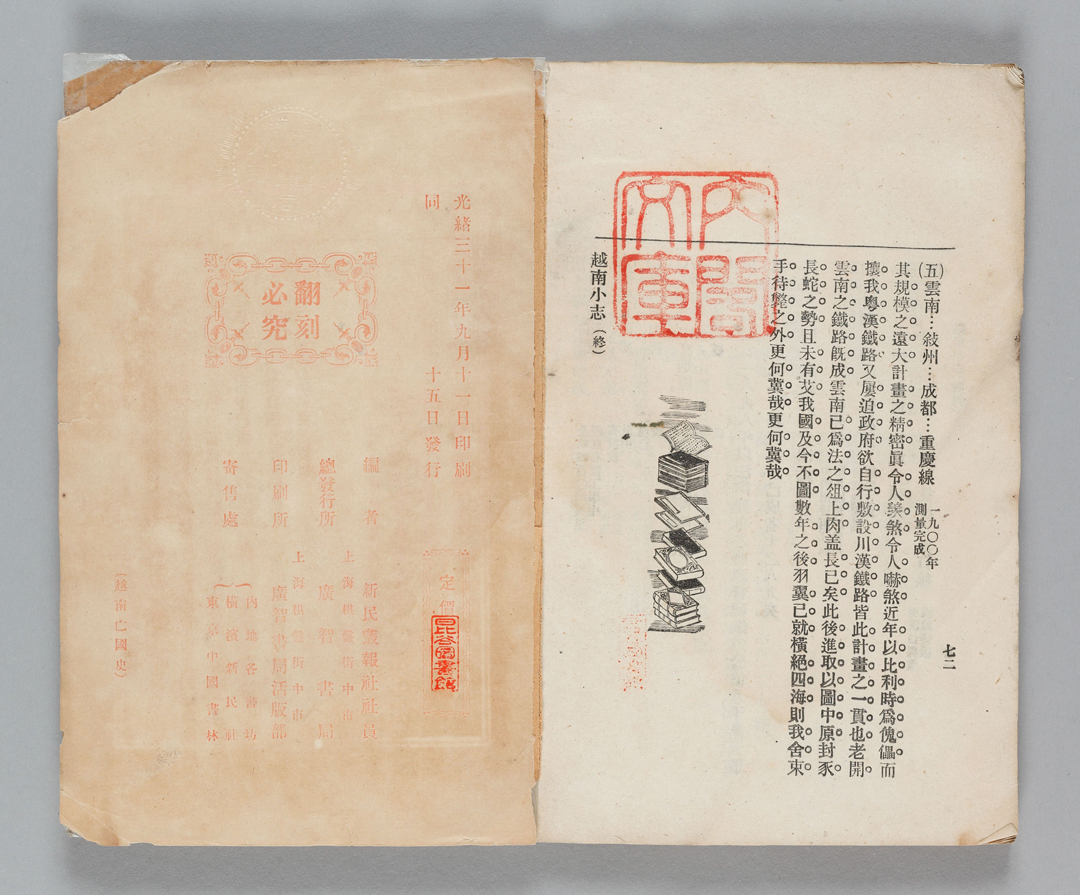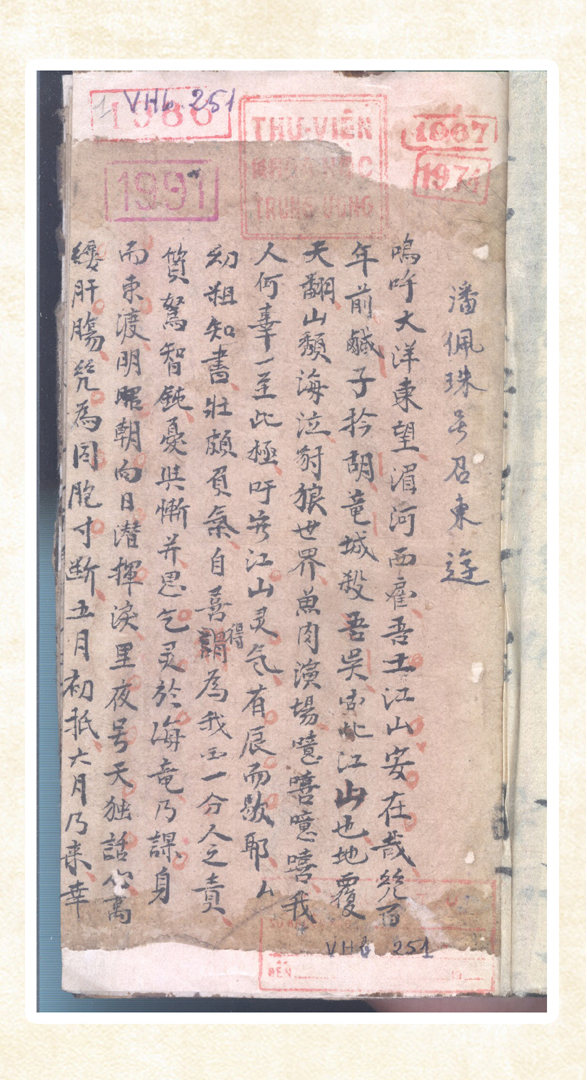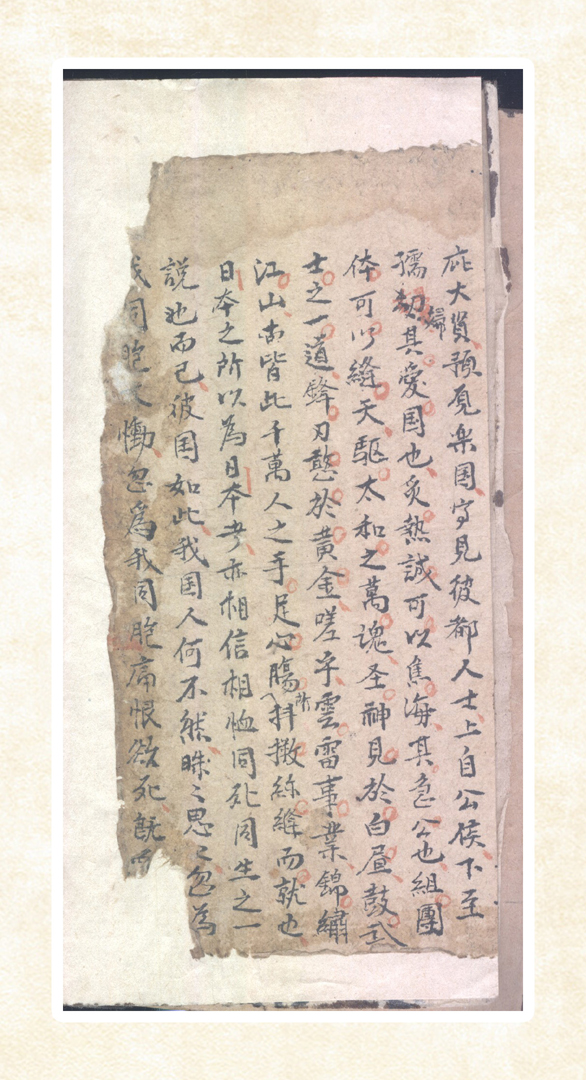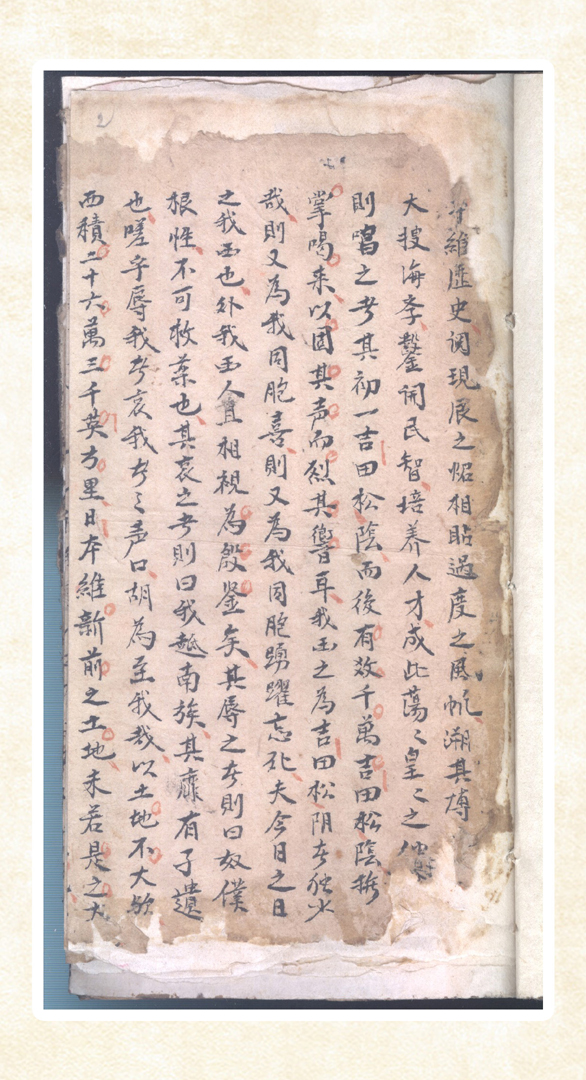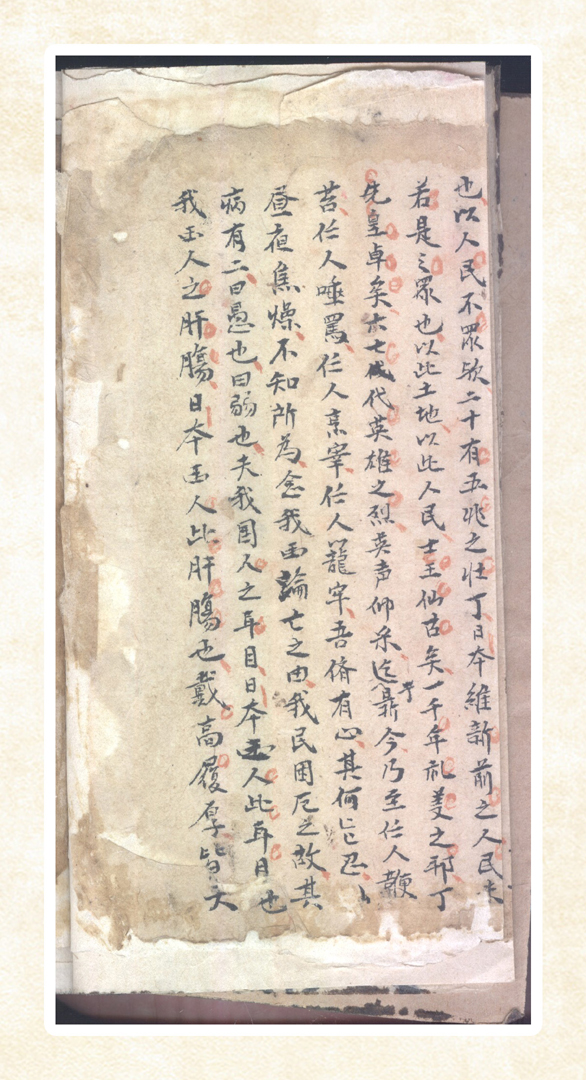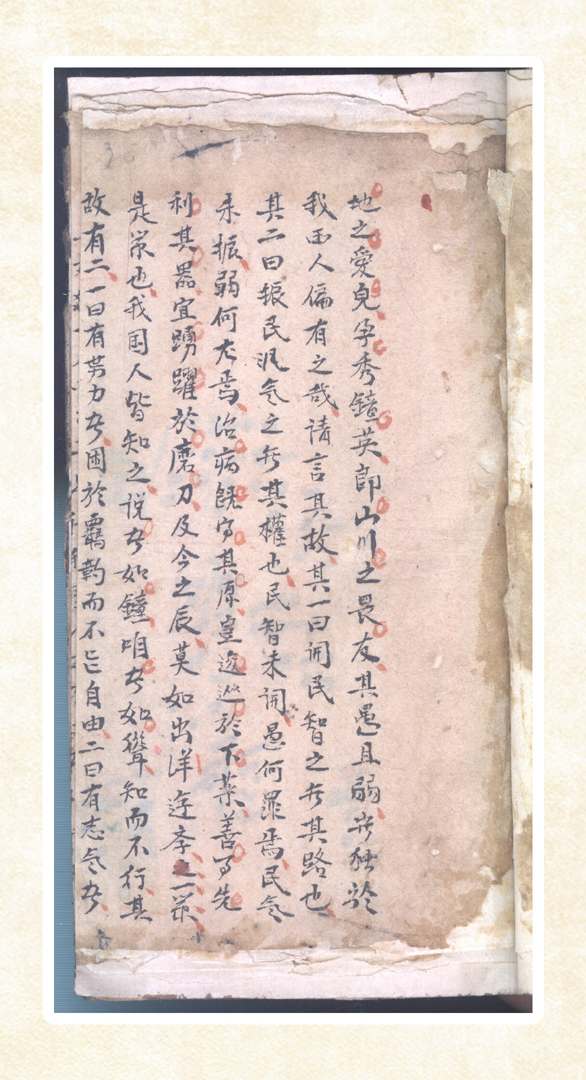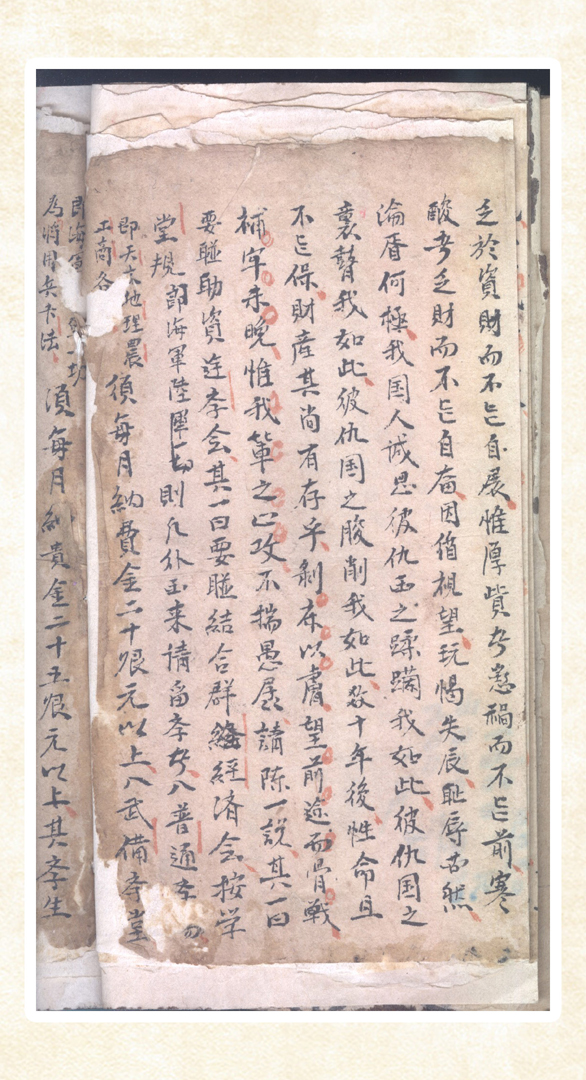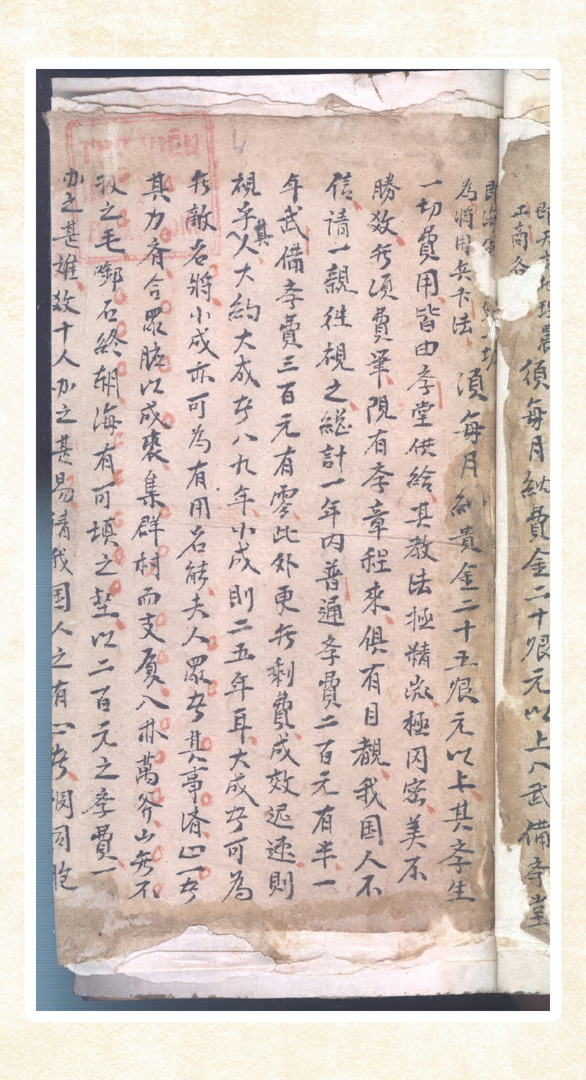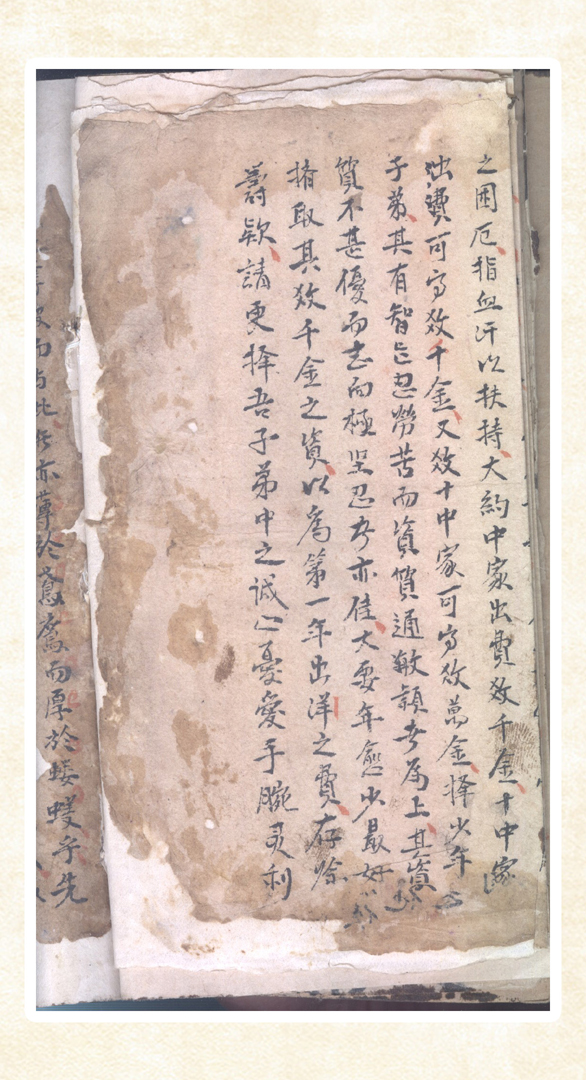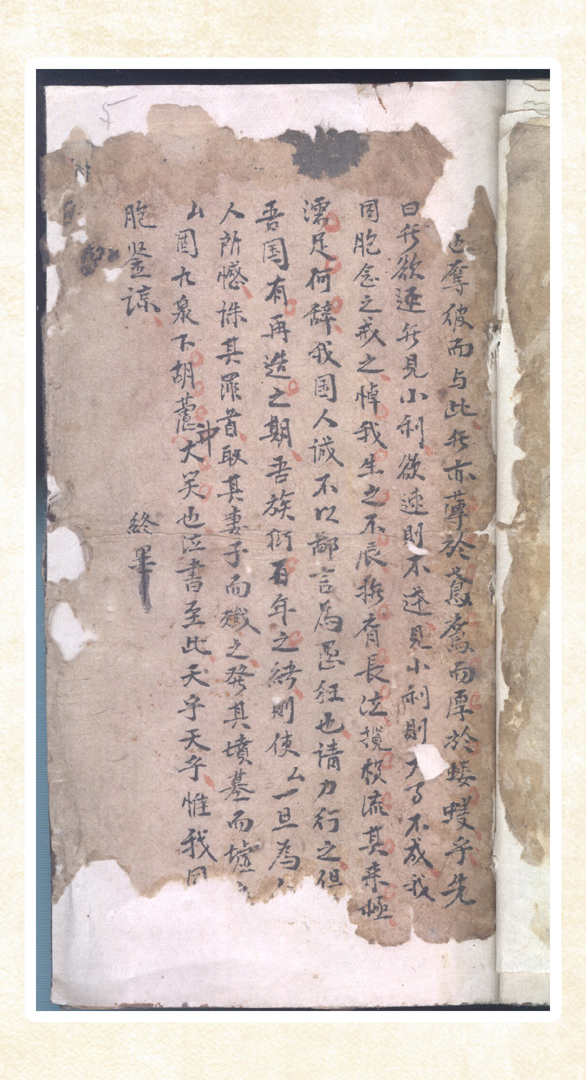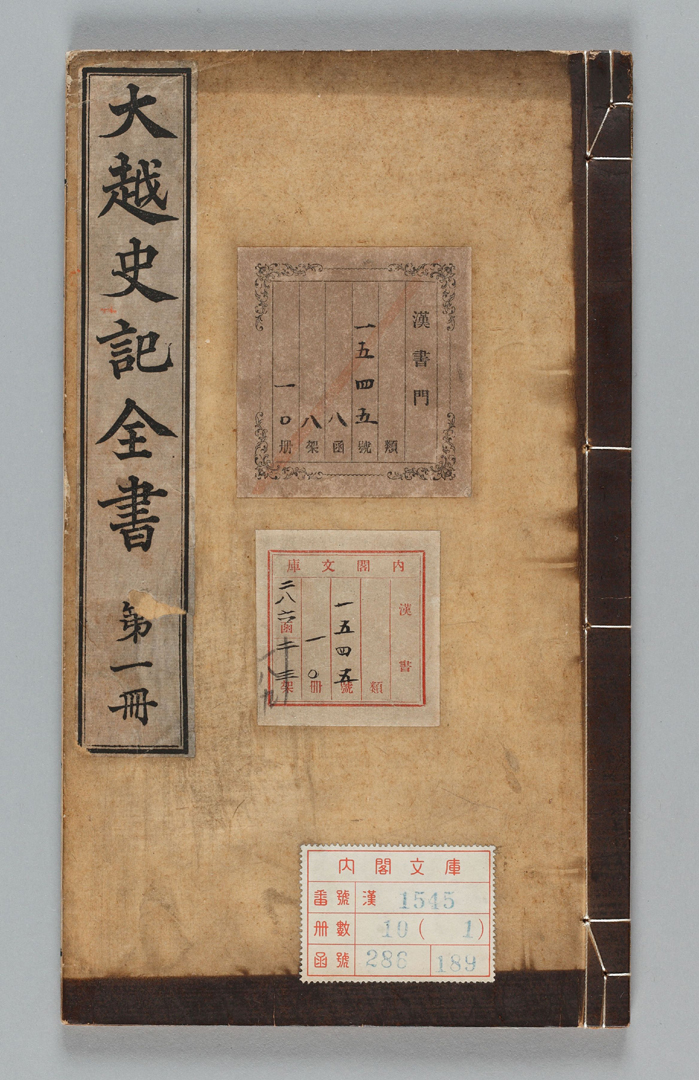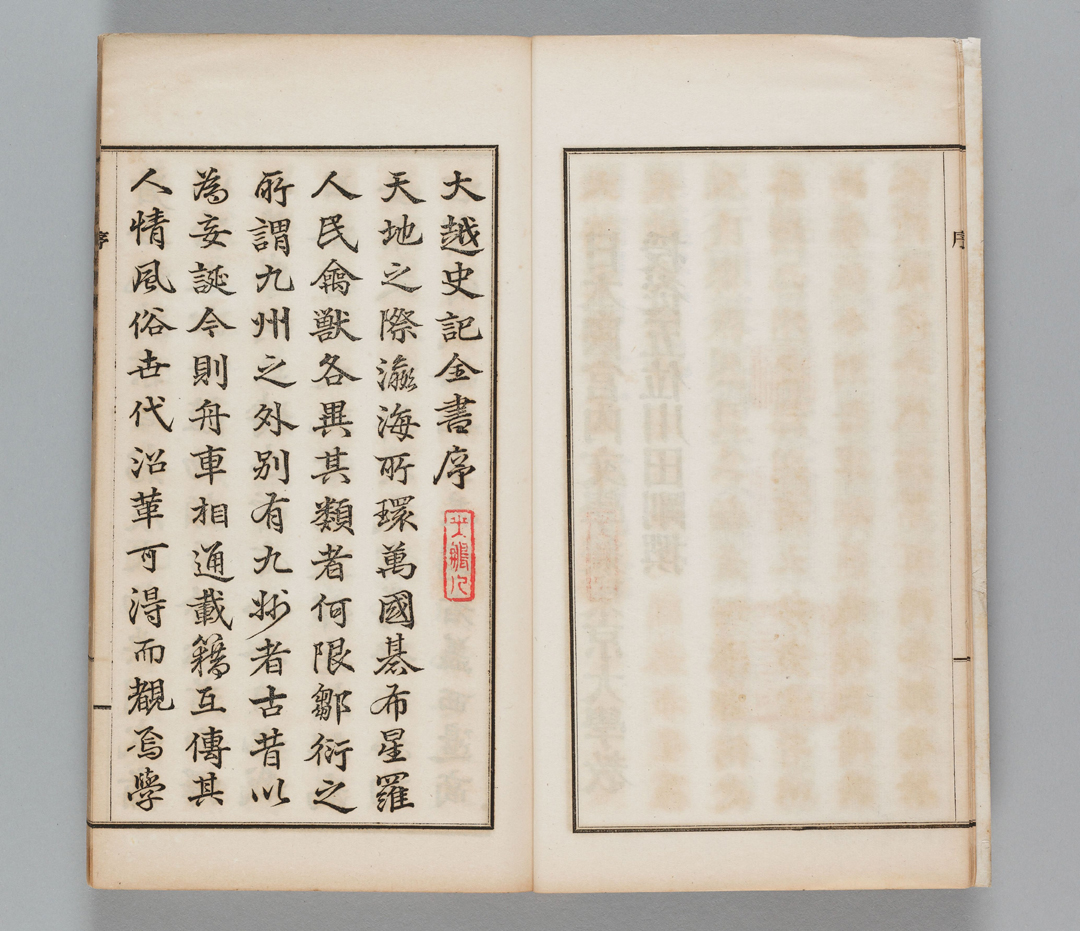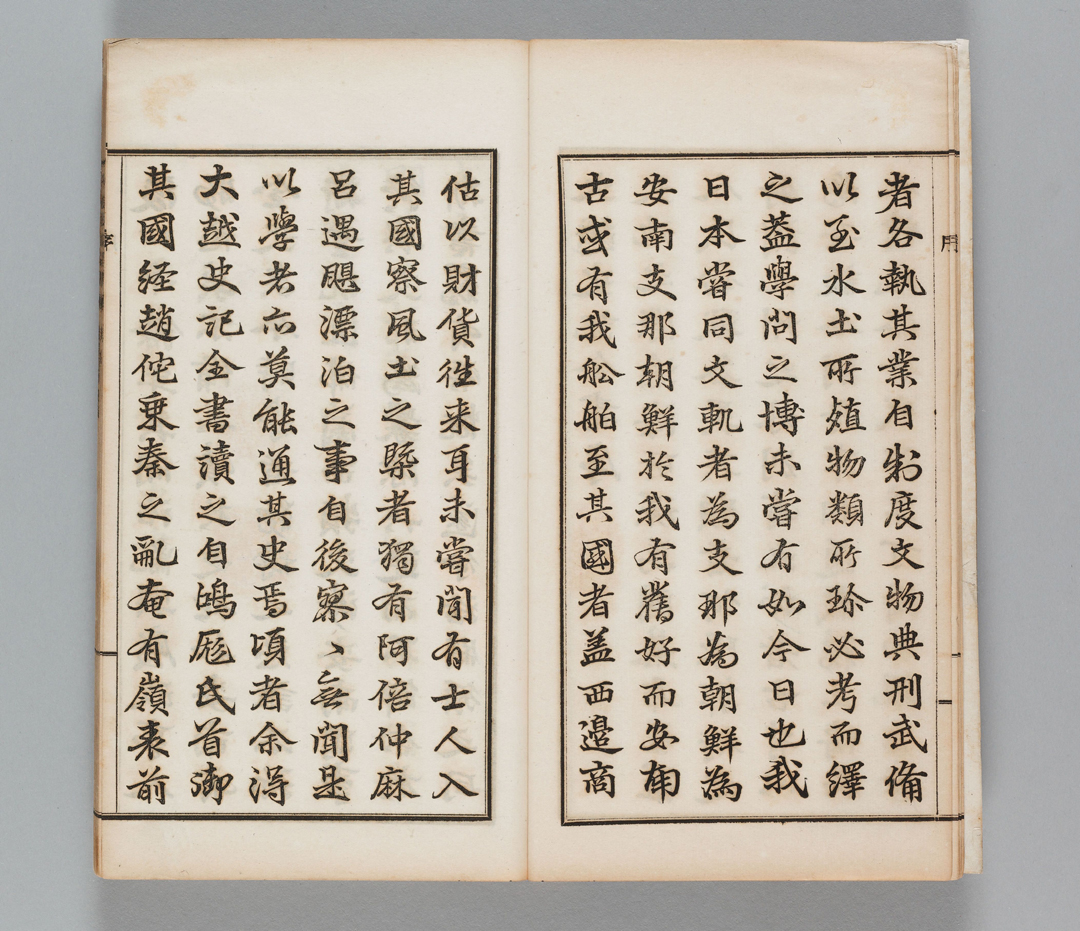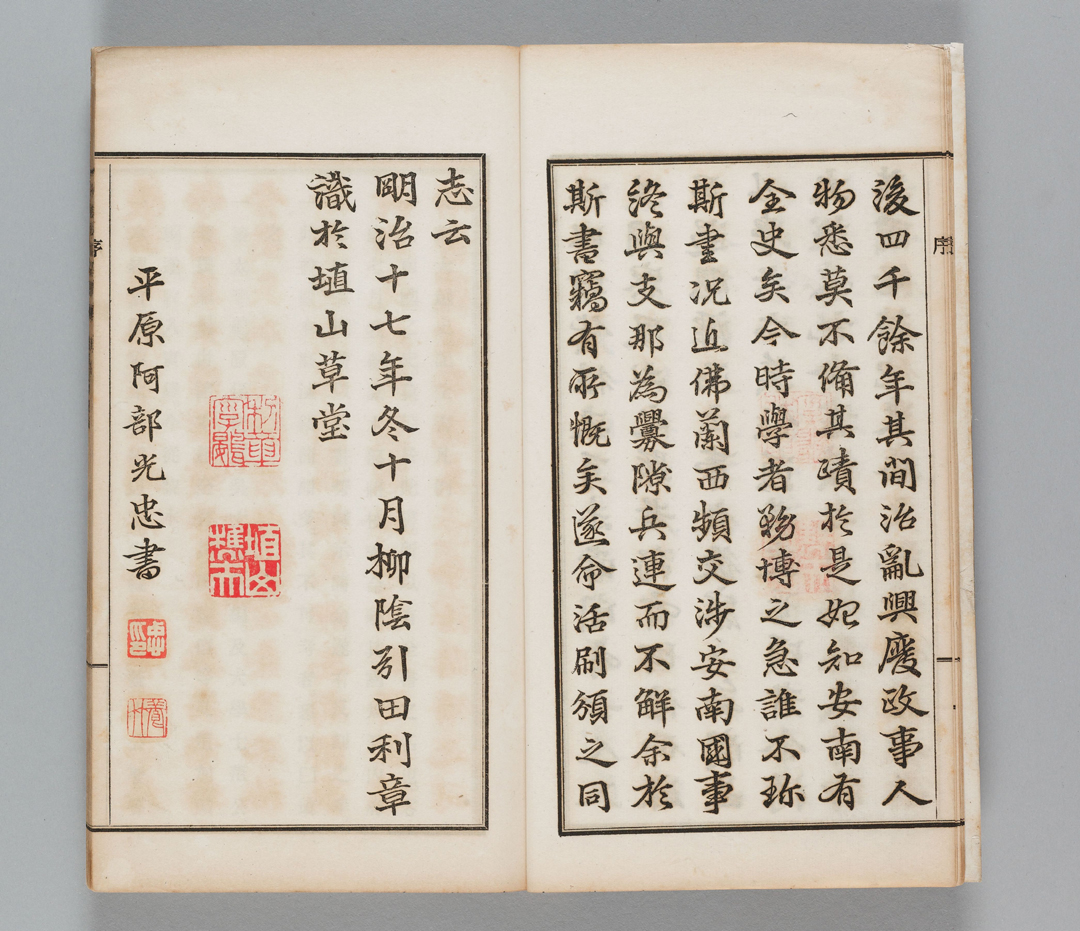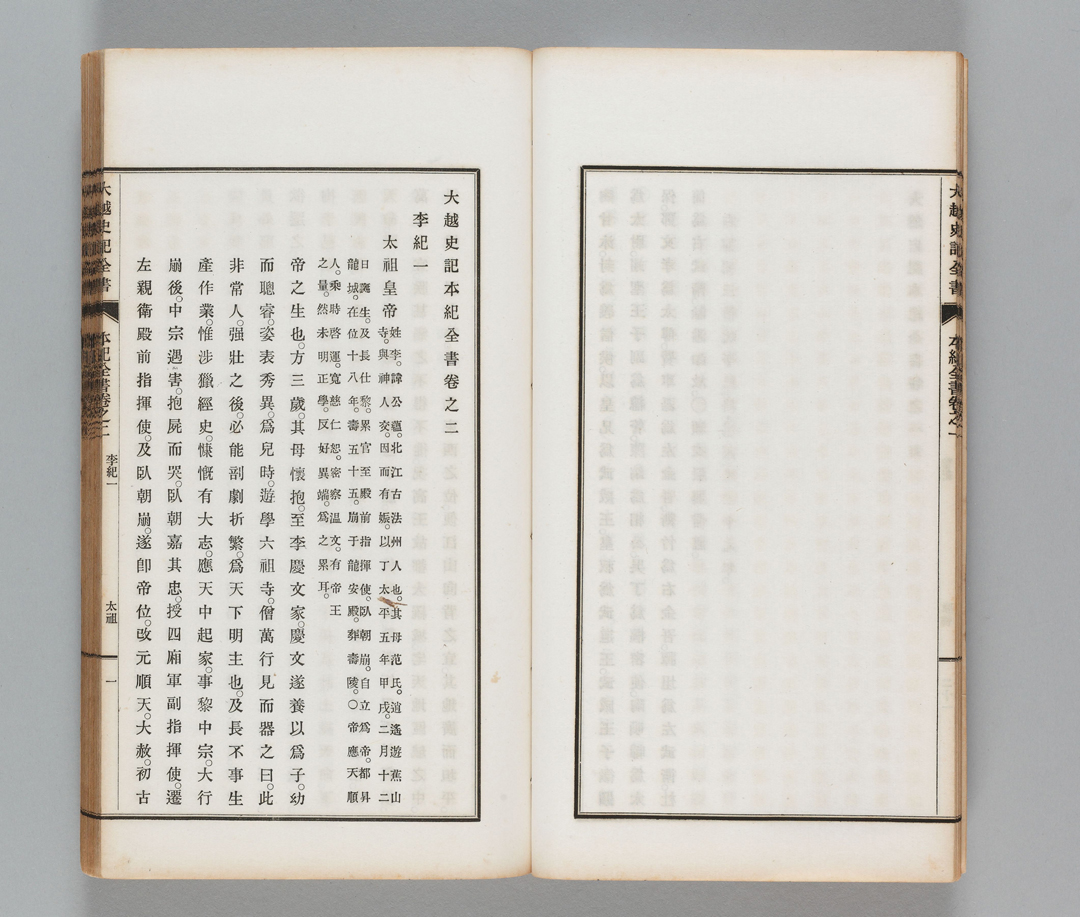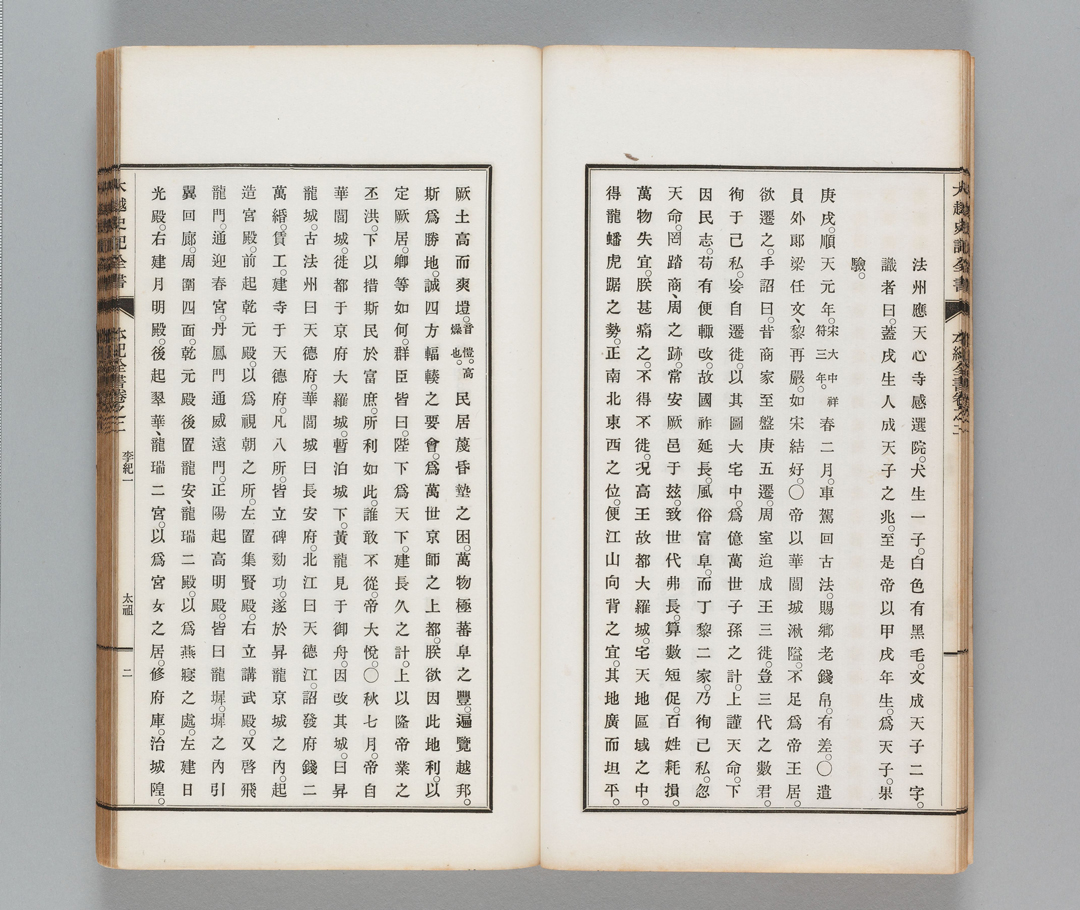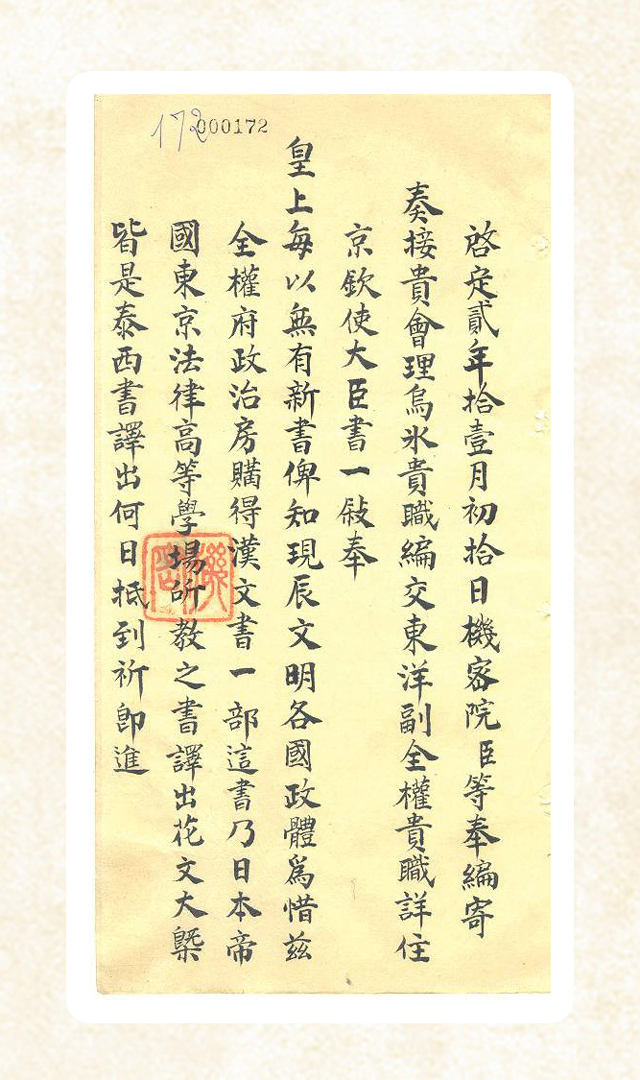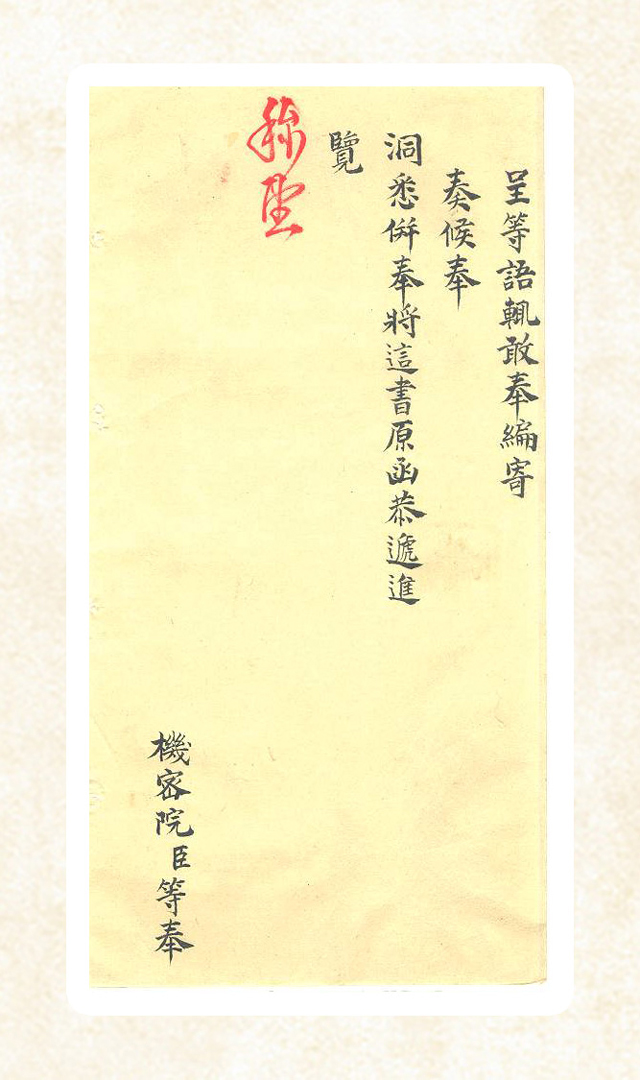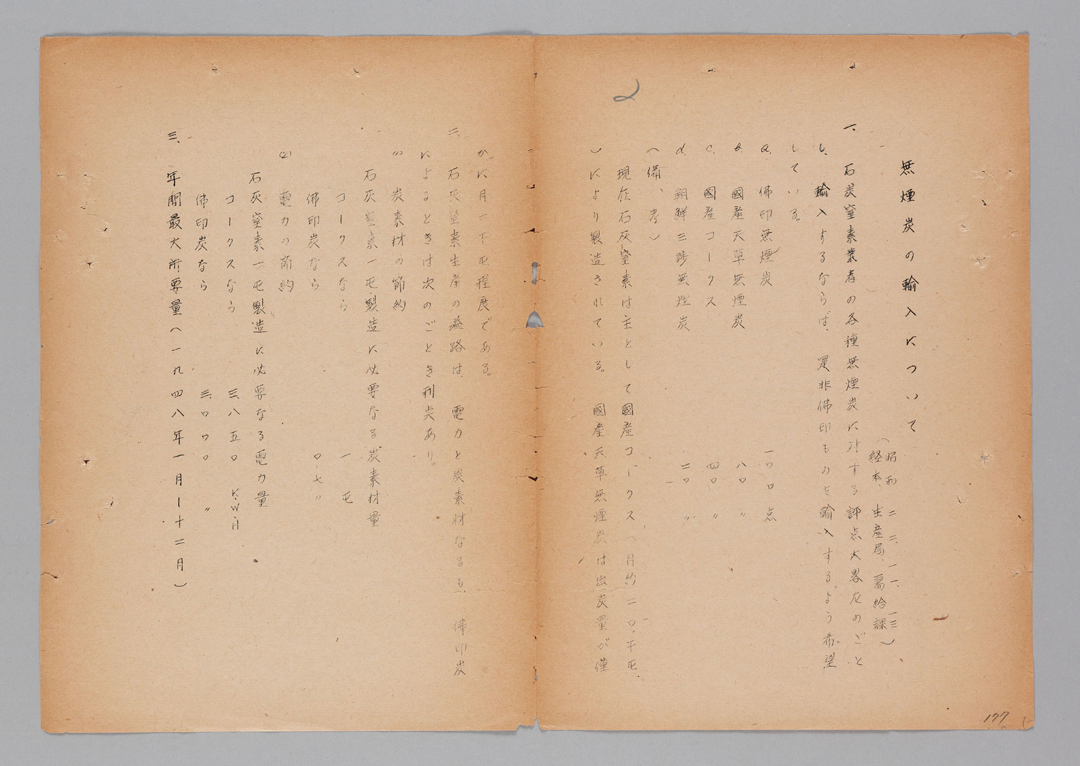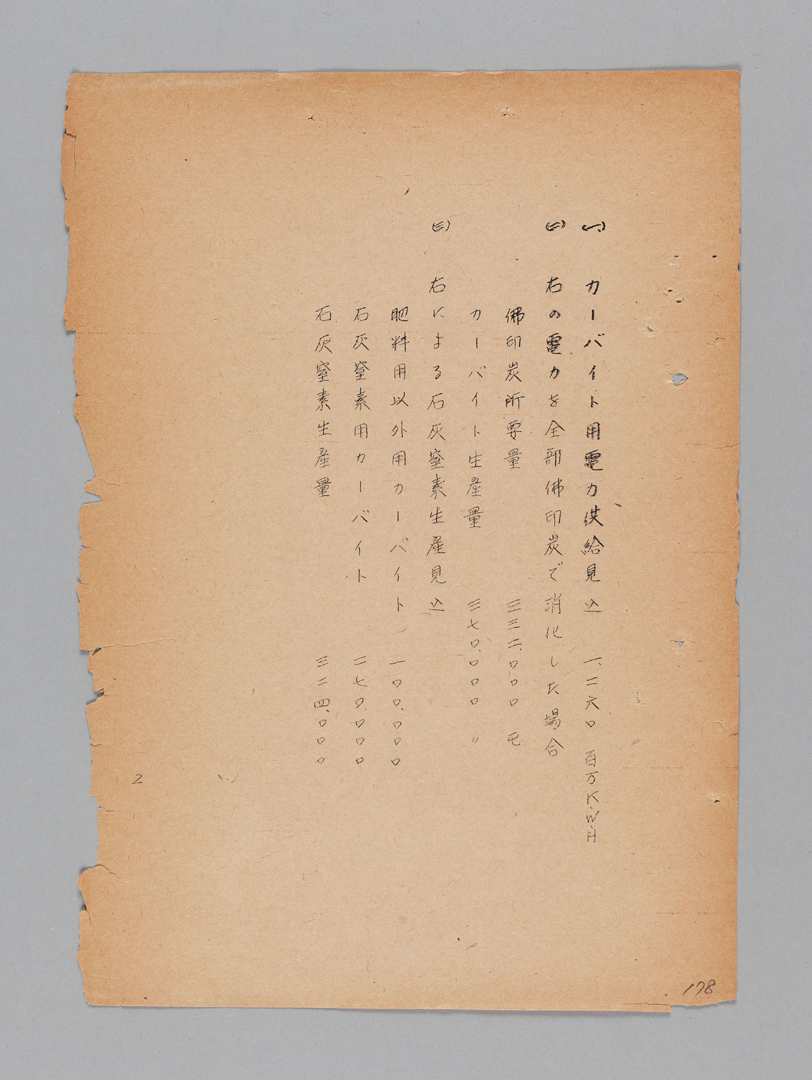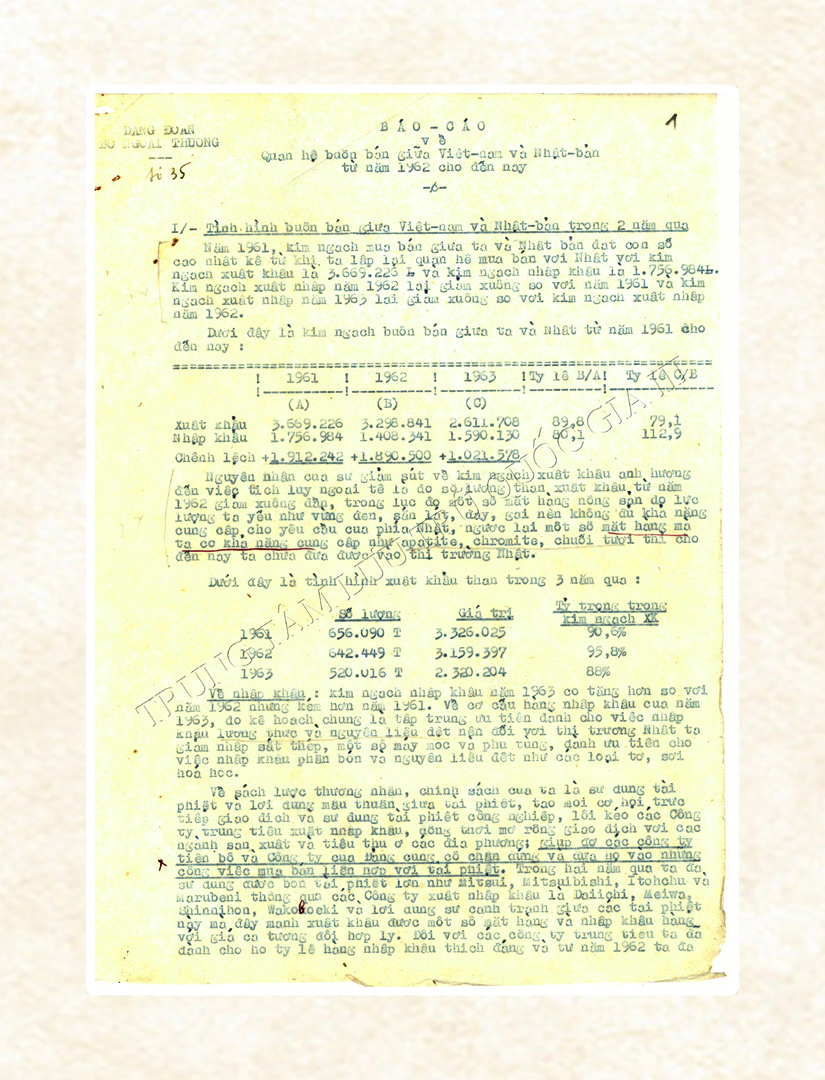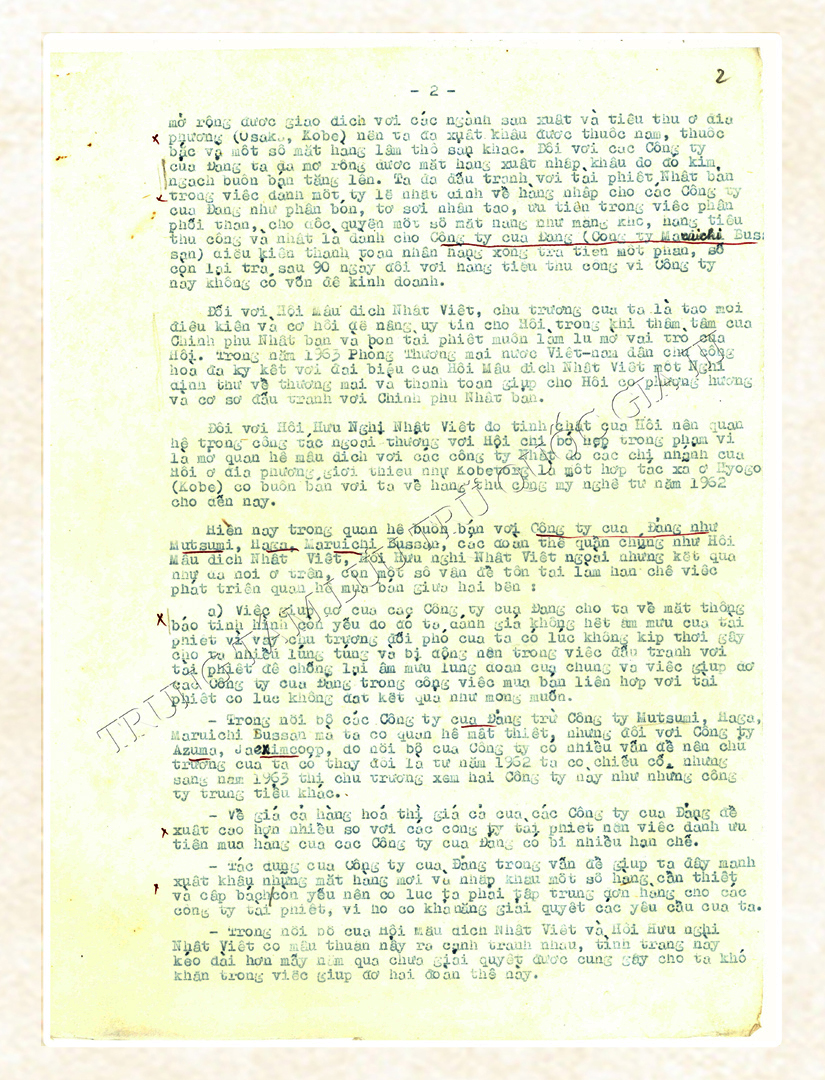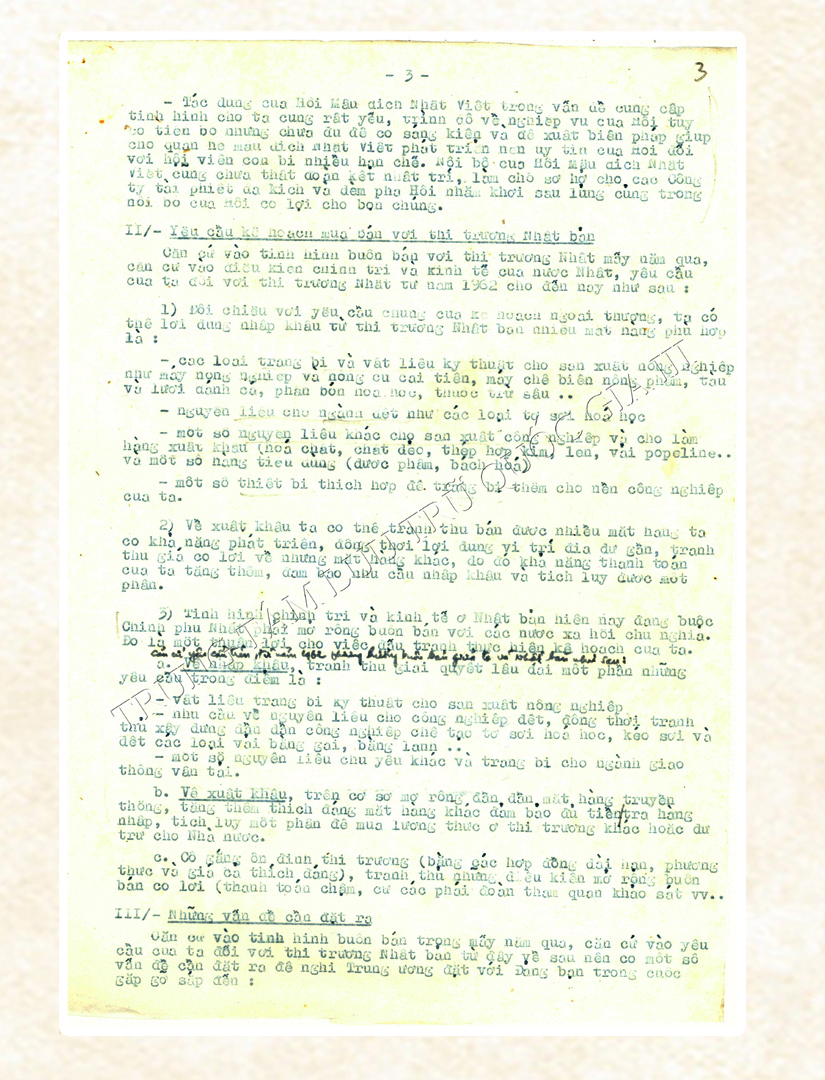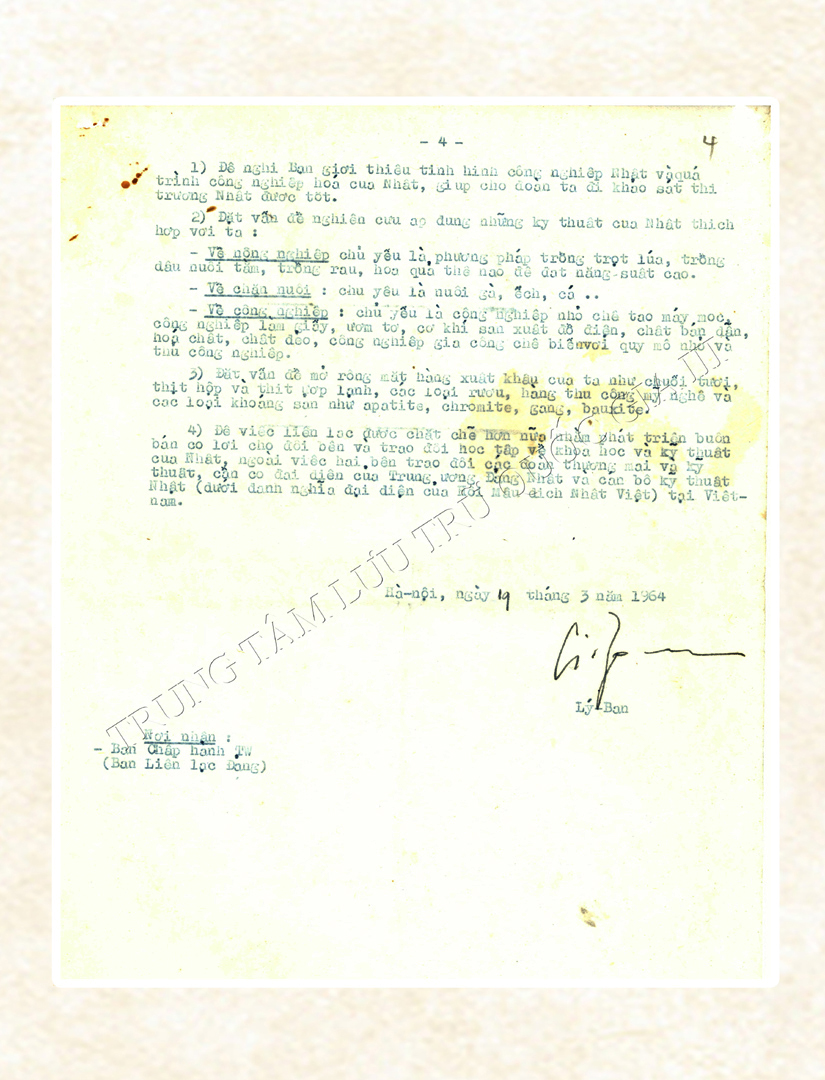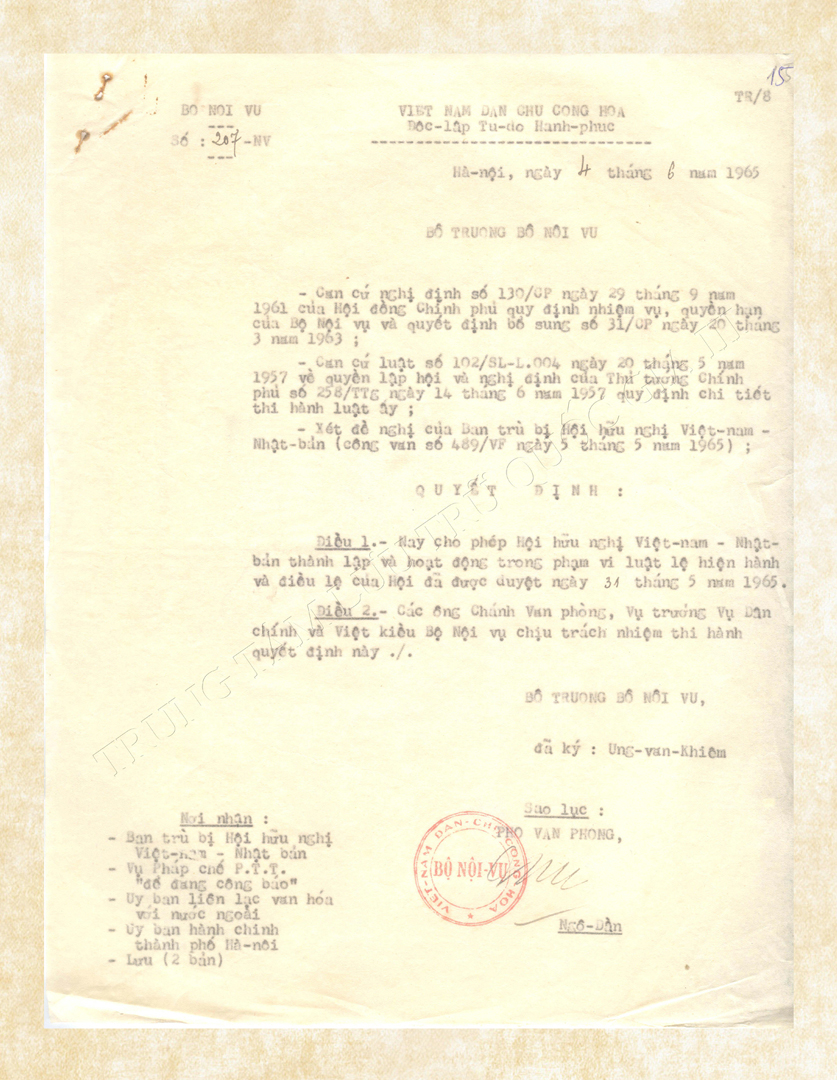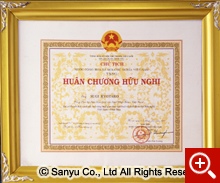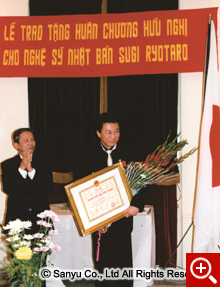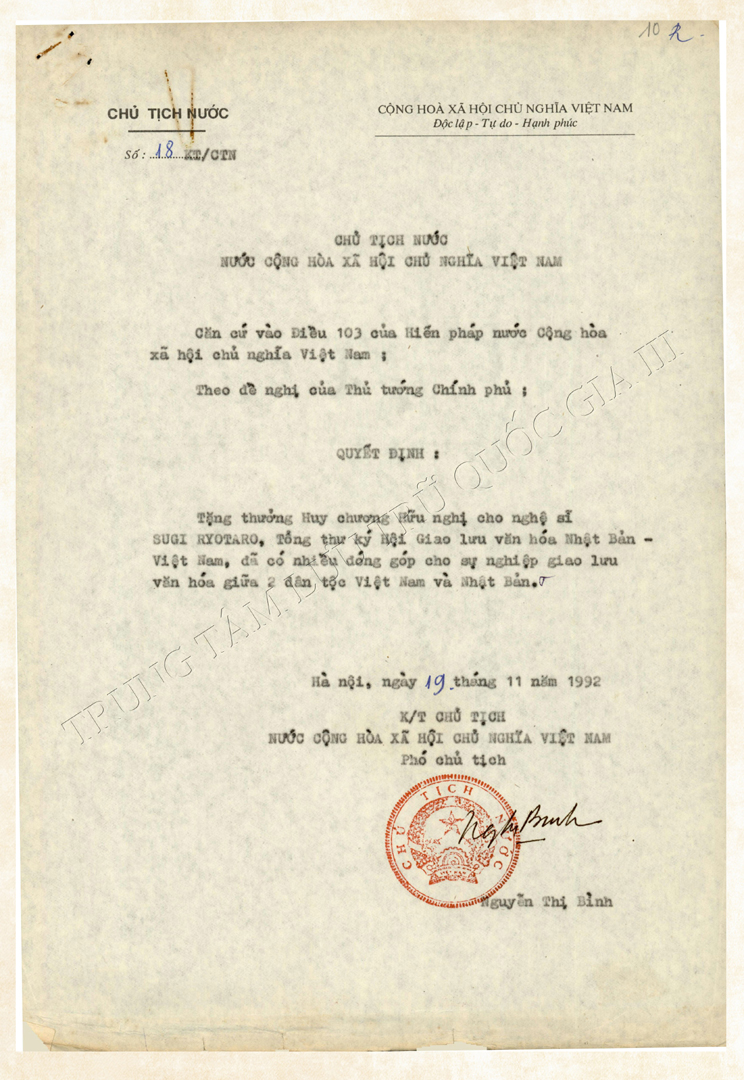Ⅲ. Exchange in the Modern and Contemporary Periods
Đông Du – a Political Movement to Gain Education from Japan
In the 19th century, as European powers expanded into Asia, the French Empire colonized Vietnam. In due course, anti-colonial movements spread among the Vietnamese. Phan Bội Châu (1867–1940), one of the nationalist leaders at the beginning of the 20th century, had a keen interest in Japan as the only one nation in Asia that was successfully modernizing. He visited Japan in 1905 seeking for assistance. He met Liang Qichao in Yokohama and Tsuyoshi Inukai, Shigenobu Okuma, and others in Tokyo. They advised Phan that the most urgent task for Vietnam was the cultivation of human resources and not armed uprising. Phan decided to call on Vietnamese youth to go to Japan for learning. Thus, the Đông Du (go-to-east-for-study) movement began, whose main purpose was to train future cadres of the Vietnamese independence movement. About 200 Vietnamese students studied in Japan at the peak of this movement.
In the beginning, Phan and other activists counted on Japan as a nation with the “same race and same script.” However, when Japan and France signed the “Franco-Japanese Treaty of 1907”, the Vietnamese freedom fighters began doubting Japan’s intentions. In fact, the Japanese government strengthened control measures over Vietnamese students in Japan upon a request from the French government, and the Đông Du movement finally ceased in 1909.
After that, Phan left Japan and continued his revolutionary movement in China. However, in 1925, he was captured in Shanghai and was sent back to Vietnam by the French authorities. Around the same period, the Vietnamese Revolutionary movement moved into its next phase, where Nguyễn Ái Quốc (later, Hồ Chí Minh, 1890-1969) played a leading role.
1. Việt Nam Vong Quốc Sử
This book was written by Phan Bội Châu at the suggestion of Liang Qichao.
In 1904, Phan smuggled himself out of Vietnam and arrived in Japan via China. He met and talked with Liang Qichao, a Chinese politician who lived in Yokohama. During the period of the Qing government, Liang Qichao was one of the leaders of a political reform movement to modernize the country which had been once defeated in the Sino-Japan War. This movement gained the strong support of the Emperor. However, in 1898, the reformist movement was overthrown by conservatives, and Liang defected to Japan.
Through his conversations with Phan Bội Châu in Yokohama, Liang came to know of the distressed condition of Vietnam under French colonial rule. He encouraged Phan to write a book which was printed by Guang Zhi Shu Ju (廣智書局), the same publishing house in Shanghai that had published Liang’s books. The facts imply that Liang supported Phan’s publication.
The book contained detailed descriptions of the causes leading to Vietnam’s colonization by the French, the biographies of Vietnamese patriots who sacrificed themselves for the country, and the difficulties faced by the Vietnamese under a French domination that included 19 types of heavy taxation. He also called for his Vietnamese compatriots to stand up for the future of the country. At the end of the book, he added a section entitled “Việt Nam Tiểu Chí (越南小志),” which summarized the history of Vietnam.
Some pages of the book, including the title page, a foreword by Liang Qichao, and its colophon, are shown here.
2. Phan Bội Châu 's Letter : Phan Bội Châu’s Call for Đông Du (Go-to-east-for study)
This letter written by Phan Bội Châu at the beginning of the 20th century evoked the heroic past of Vietnam and described the humiliation as well as the painful situation of the country under French domination. In the letter, Phan also discussed the reasons why, despite the similarities between Vietnam and Japan, only the latter nation was able to maintain its sovereignty and become prosperous. The patriot Phan encouraged Vietnamese youth to go to Japan for study, aiming to pursue national liberation, and called for his Vietnamese compatriots to create agricultural, industrial, and commercial associations that would provide overseas students with financial support.
The letter is preserved at the Institute of Hán-Nôm studies (Hanoi), Vietnam Academy of Social Sciences.
Increasing Recognition of Each Other
In facing the challenges of the turbulent 19th century, it became necessary for countries in Asia to gather overseas information. After the end of over 250 years of isolationism, Japan started focusing not only on Euro-American countries but also on its neighboring Asian countries. Japanese motivations were diverse. In the new era after the Meiji Restoration, one impetus stemmed from a sense of Pan-Asianism that advocated an Asian solidarity against Euro-American power, another incentive came from the colonization in the region, and some stimuli were purely academic in interest. The concerns gradually led to varied Japanese publications relating to Vietnam. Similarly, the Vietnamese increased concerns about Japan, which were well demonstrated by the rise of the Đông Du movement, and tried to obtain information about the country.
This section will introduce documentation indicating Japan and Vietnam’s recognition of each other.
1. Đại Việt sử ký toàn thư
This book is a Vietnamese chronicle written in Chinese script. Originally, Ngô Sĩ Liên and others assembled this record in response to a mandate by the fifth Emperor Thánh Tông as an official history spanning the time from the birth of the country to the year before the establishment of the Lê Dynasty (1428–1527). Later, sequels of the Lê Dynasty’s history up to the late 17th century were added to the original document.
This book was distributed only in Vietnam for a long time. When Toshiaki Hikida, a military officer of the General Staff Office of the Japanese Imperial Army, was assigned his post in Vietnam in 1883, he obtained the book from an official in Hanoi and published a reprint in 1884 upon his return to Japan. Afterward, Hikida’s book was widely circulated outside of Vietnam.
The pages depicted here are his foreword and the description of a historic event in 1010: a year after Lý Công Uẩn (Lý Thái Tổ) established the Nhà Lý Dynasty, he moved his capital to Thành Đại La (大羅城). A yellow dragon appeared at his ship side, and he therefore named the new capital “Thăng Long” (昇竜, a rising dragon). The place is now Hanoi, the capital city of Vietnam.
2. Report of the Privy Council on a Textbook of the Tokyo College of Law
A collection of Nguyễn Dynasty’s records that include 773 volumes containing about 85,000 documents created under 11 out of 13 reigns spanning from 1802 to 1945 is preserved at National Archives Center No. 1 under the State Records and Archives Department of Vietnam.
The manuscripts were written on dó (poonah) paper, a special type of paper made manually from the bark of dó (poonah) trees in some Vietnamese traditional craft villages. Imperial records were handwritten with a brush using traditional manually made ink. They were drafted by clerks who were examined and recruited for their talent with words and for their calligraphic expertise.
This collection of Nguyễn Dynasty’s records is the only archival holding of a feudal regime that exists in Vietnam and is among the very few documents in the world that contain signatures of the Emperors. They are valuable original materials that facilitate research initiatives that seek to understand the political, economic, cultural, and social systems as well as the people of a nation through a period of history.
The record introduced here is the report of the Privy Council dated the 10th day of the 11th month of the 2nd year of Khải Định’s reign (1917), concerning the submission to the Emperor of a textbook of the Tokyo College of Law translated into Chinese. The textbook was offered by the Governor-general of French Indochina.
Non-Official Exchanges in the Post-WWII era
After its surrender in World War II, Japan was placed under the occupation of Allied Powers. After the Treaty of San Francisco was signed in September 1951 and came into effect in April 1952, Japan came back to the international community as a sovereign state. On the other hand, in September 1945, Hồ Chí Minh declared the independence of Vietnam. Soon, the First Indochina War against France occurred at the end of 1946 because of France’s ambitions to revive its colonial rule over Vietnam. Although the Indochina War ended with the Geneva Accords in July 1954, Vietnam was temporarily divided into North and South.
Between 1954 and 1973, there were no official diplomatic relations between Japan and North Vietnam (Democratic Republic of Vietnam). However, private exchanges gradually began. The Japan–Vietnam Friendship Association was established in Japan in March 1955, and the Japan–Vietnam Trade Association was instituted in August 1955. In Vietnam, correspondingly, the Vietnam–Japan Friendship Association was launched in 1965.
This section introduces records documenting the non-official relations during the period and in more recent years.
1. Report on Importing Anthracites
This visual contains a material created by the Production Bureau of the Headquarters for Economic Stabilization with regard to the import of anthracites and is dated 13th November, 1947. The above-mentioned agency was established in August 1946, with the prime minister as its president. It aimed at the economic revitalization and stabilization of Japan after the end of World War II. The office was perceived to be the most powerful economic authority in Japanese administration after the War.
The “French Indochina Anthracites” mentioned in this report refer to a high quality of coal containing over 90% carbon content, mined from the Quảng Yên coalfields (traditionally called as the Hồng Gai coal fields in Japan). The Hồng Gai anthracites were imported by Japan since Vietnam was under French control and were widely used as briquettes and as varied industrial materials. According to a reference document cited by the “Economic Plan for the fiscal year of 1948,” generated by the Headquarters for Economic Stabilization, ensuring fertilizer stocks to enhance food supply was an enormous challenge for the Japanese government of that time.
The report shown here is the result of a comparative investigation of French Indochina Anthracites and domestic coke as energy sources used in the process of producing calcium cyanamide, an agricultural fertilizer. The report concluded that in conditions of power shortage, French Indochina Anthracites were desirable for import because they were more efficient than domestic coke.
This document proves that the Japanese government had interest in trading with North Vietnam and in importing Hồng Gai Anthracites since immediately after WWII. Private trade between Japan and North Vietnam became full scale after the middle of the 1950s, and the Hồng Gai Anthracites were always among Japan’s main imports from Vietnam.
2. Report of the Party Committee of the Ministry of Foreign Trade
This report was created by the Party Committee of the Ministry of Foreign Trade to analyze Vietnam–Japan trade relations from 1962 to 1964. The four-page report was signed on March 19, 1964, and was sent to the Central Party Committee and the Party Liaison Committee. The document originally belonged to the collection of the State Planning Committee. Now, it is preserved in National Archives Center No. 3 under the State Records and Archives Department of Vietnam.
Besides quoting statistics on the trade turnover between Vietnam and Japan from 1961 to 1963, the report provided a detailed assessment with regard to the country’s trading position vis-a-vis Japanese companies and the strategic exporting of goods, especially coal, which was the dominant commodity in the export turnover. The report also examined the prospects of trade cooperation with Japan as the Japanese Government expanded its dealings with the socialist countries.
3. Decision on the Establishment of the Vietnam–Japan Friendship Association
The determination to institute a Vietnam–Japan Friendship Association was adopted by the Minister of the Interior on June 4, 1965. The record belongs to the collection of the Prime Minister’s Office and is now kept at National Archives Center No. 3 under the State Records and Archives Department of Vietnam.
The Japan–Vietnam Trade Association and the Japan–Vietnam Friendship Association established in 1955 contributed to the promotion of commerce as well as general non-official relations between the two countries. The bodies also raised social awareness in Japan with respect to the anti-Vietnam War movement. In reciprocal recognition, the Vietnam–Japan Friendship Association was founded on June 4, 1965, under Decision No. 207-VN signed by the Minister of Interior. The Vietnam–Japan Friendship Association has always been pivotal in promoting cultural, economic, scientific, technical, educational, and other exchanges between the two countries.
4. Awarding Order of Friendship to Mr. Ryotaro Sugi
Mr. Ryotaro Sugi, a well-known Japanese singer and actor, was awarded the Friendship Medal by the President of the Socialist Republic of Vietnam for his active contribution to cultural exchange between Japan and Vietnam. The decision was signed by Vice President Nguyễn Thị Bình on November 19, 1992. The record of the decision belongs to the President’s collection, which is now preserved in National Archives Center No. 3 under the State Records and Archives Department of Vietnam.
The photos of the certificate and the ceremony are provided by Sanyu Co., Ltd. The award ceremony was held at the Municipal Theatre in Hanoi. Nguyễn Khoa Điềm, the Minister of Culture and Information, handed the decoration to Mr. Sugi on behalf of the President.
Mr. Ryotaro Sugi was the President of the Japan–Vietnam Cultural Exchange Association. He is also the first ever foreigner commissioned to be a Special Ambassador for Vietnam–Japan Relationships by the Government of Vietnam. The Japanese Ministry of Foreign Affairs also appointed him a Japan–Vietnam Goodwill Ambassador from 2005 to 2008, and he has been assigned the position of Japan–Vietnam Special Ambassador since 2008.



